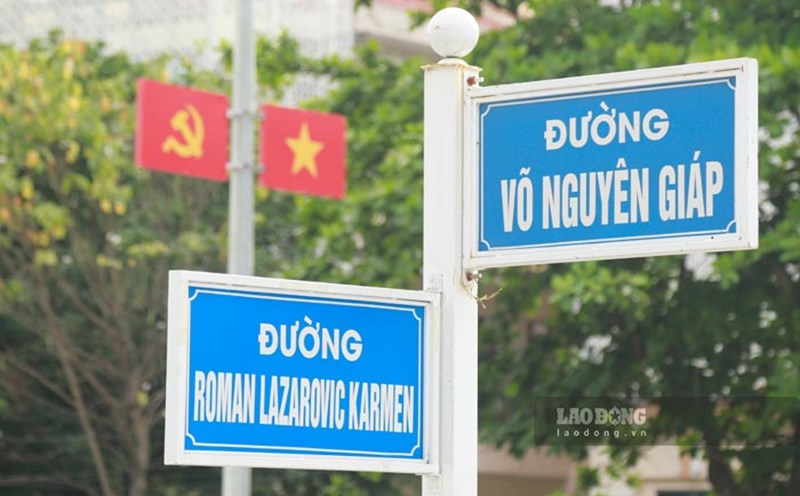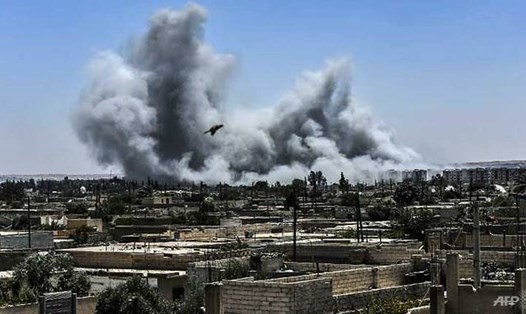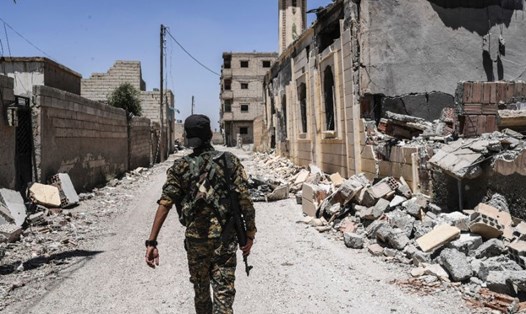The US-backed Syrian Democratic Forces (SDF) said they have captured 40% of Raqqa city since the attack began on June 6. "We have not seen any significant counterattacks," said Major General dirk Smith, deputy commander of the US-led coalition.
Since Mosul, Iraq's second largest city, was liberated from IS gunmen after nine months, Raqqa has become a focus in the fight against IS rebels. It is not yet clear how many IS gunmen are still in Raqqa.
Before the attack began, some of the IS leaders had fled to the city of Mayadin, southeast of Raqqa on the Euphrates River. "IS has made a strategic withdrawal," said Andrew Tabler, an analyst at the Washington Institute for Near East Policy.
According to Major General dirk Smith, US airstrikes and surveillance activities have contributed to weakening IS gunmen in Raqqa, dispersing terrorist elements and preventing effective defense of the city. "IS is not sure what to do," he said, adding that the IS rebels have fallen into a state of "internal foreign stay, stay and stay".
SDF gunmen began operating around the city, along with US airstrikes that weakened the IS defenses before launching a final general strike.
The advantage that the SDF has over the Iraqi army when fighting in Mosul is the terrain. Mosul's Old Quarter was packed with narrow streets and the city had around 150,000 civilians as the Iranian military began a general offensive. Meanwhile, Raqqa citadel is smaller than Mosul and less dense.
The US has provided weapons to 50,000 SDF soldiers along with hundreds of support consultants. The US-led coalition increased airstrikes as the SDF approached Raqqa. On July 25, the joint force conducted 24 airstrikes around the city, destroying 14 rebel units, 6 combat positions, 4 observation points and other targets, the US Central Command said.






